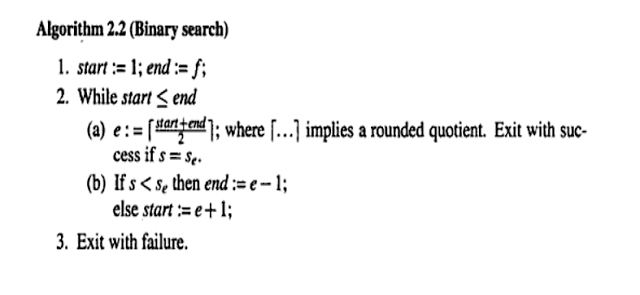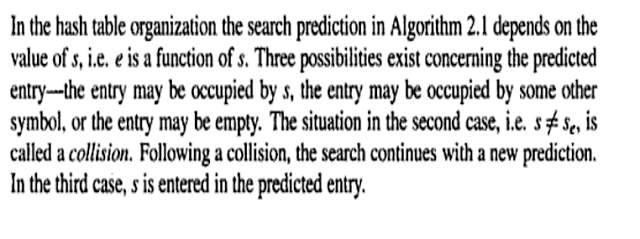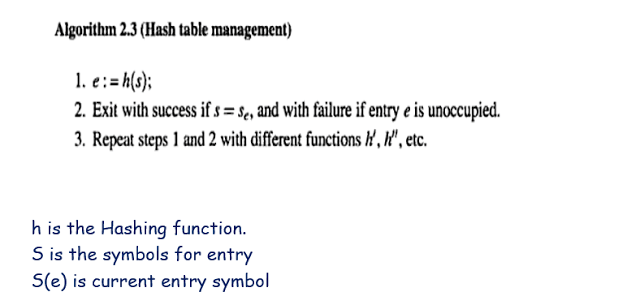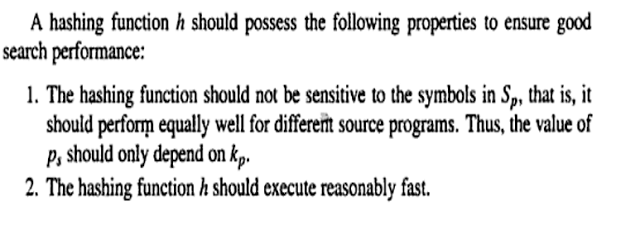What are language processors?
Page Contents

Source program components are first translated into machine language to produce components called object modules or object files.
Program components in languages such as C are normally compiled into object files, which are combined into an executable file by a linkage editor or linking loader. The linkage editor adjusts addresses as needed when it combines the object modules, and it also puts in the addresses where a module references a location in another module (such as for a function call).
Agenda
- Classification
- Search Data Structure
- Fixed Size Record
- Variable Size Record
- Hybrid Record
- Other Organization
- Tree Representation
- Hashed Representation
- Allocation Data Structure
- Stack & Extended Stack
- Heap
Classification
1. Based on nature —- Linear and Non-linear
eg :- Linear = array , stack etc.
Non-Linear = Tree , Graph etc.
2. Based on Purpose — Search and allocation
eg : executions eg- Search = Binary search tree
allocation = stacks,heaps
3.Based on Lifetime —- whether used during Language Processing or during executions
eg :- Lang. Processing = Object based data model
Target program = Hash tables
Search Data Structures
A Search data structure (or search structure ) is a set of entries accommodating the information concerning one entity. Each entity is assumed to contain a key field which forms the basis for search .
- Fixed Size Record
- Variable Size Record
- Hybrid Record
Fixed Size Record
Each entry has same type and size
Eg Array
Variable Size Record
Type and size of each record could be different
Hybrid Record
Entry has both fixed length part and variable length part
Entry Format

Generic Search Procedure for locating the entry of symbol

Binary Search Organization

Hash Tables
Interview Guide and how to face interview
Industrial Management: Functions, Principles, Objectives


Hashing Function
- Hashing function is used to make search system faster.
- It transforms the source symbol or group of symbols to numerical numbers to make faster comparisons and searching
- Hashing do not change the original meaning of symbols it just transforms them to other form.
- Size is pre decided for transforming message to particular format
- If message is of less size than that size , it performs “folding” operation
- In folding message is padded with 0’s to complete the size of it.
Properties of good hashing function

Collision in hashing
Many function result into same number generation which leads to collision of numbers and searching will crash
Thus to avoid collision we have various collision handling techniques
1. Rehasing technique
2. Overflow chaining technique
Allocation Data Structure
Important Allocation Data Structures
- Stack & Extended Stack
- Heap
Stacks

Extended Stack model
- An extended stack is needed for handling a variable length record . A record consists of a set of consecutive stack entries
- In addition to base and top a new pointer Previous is used.
Heaps

Use of Heap in Memory management
- Due to repetition of allocation and deallocation of memory area holes are created in memory area.
- Memory management takes care of this holes and reallocate this area by managing it properly
- It increases performance and speed of allocation and deallocation of memory spaces
More related posts:
1) Deadlock
2)Two pass assemblers






very nice
:))))))))))
thank you